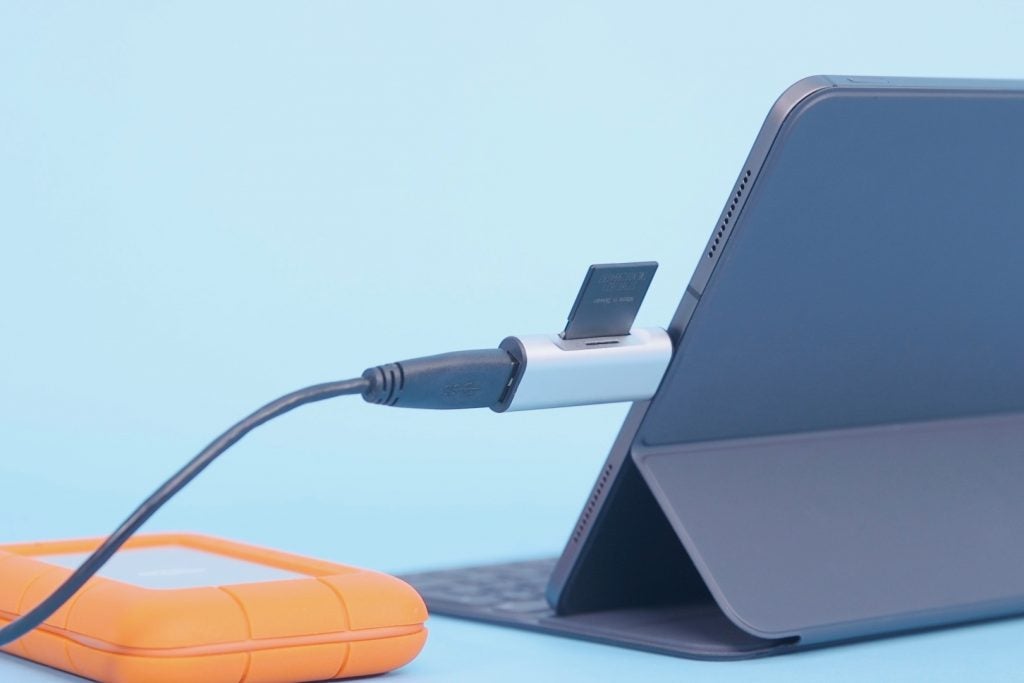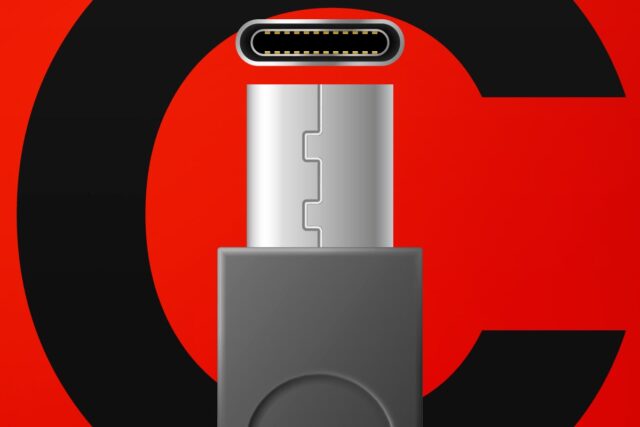USB-C is commonplace in the technology world nowadays, with most Android users recognising it as their power charger – and it looks like the upcoming iPhone 15 might follow suit too.
It has also been picked up by multiple companies around the world, expanding to most other smart devices including laptops, tablets, headphones and even video game controllers. The technology has improved a lot since its initial debut too, with modern USB-C standards boasting much faster data transfer speeds and faster charging capabilities too.
With so many benefits, it should come as no surprise that the iPhone 15 is rumoured to sport a USB-C port for the first time, following a ruling from the EU courts mandating a standardised charging experience among smartphones. We’ll find out for sure very soon, with Apple teasing an event on 12 September.
For now, though, keep reading to find out everything you need to know about USB-C.
What is USB-C?
USB-C is an industry-standard connector that can charge a device as well as transmit data, making it one of the most convenient and versatile port options currently available.
The USB-C connector is oval shaped, with smooth curved edges, making it easy to distinguish from the older rectangle-shaped USB-A port.
It was originally developed by the USB Implementers Forum (USB-IF) and is currently used by over 700 companies around the world, including Apple, Dell, Samsung, Intel, Microsoft and HP.

Its popularity and benefits have also seen it accepted by PC manufacturers since it can transfer data at such high speeds. This is useful for transferring over large video files and the like.
A lot of Android handsets use USB-C for charging, with Apple’s iPhone being the main outlier among smartphones, even with USB-C now used on all models of iPad including the iPad 9 and iPad Mini 6. However, rumours suggest that Apple is finally set to ditch Lightning for USB-C with the launch of the iPhone 15.
How fast is USB-C?
USB-C can charge up a device and transmit data, and it can do both actions pretty fast.
It can transfer data across devices at up to 40GB/s (gigabits per second), but only when supported by Intel’s Thunderbolt 4 technology. If a device’s USB-C port is marked with a Lightning bolt icon, you’ll know that it supports the technology.
Without Thunderbolt support, a USB-C port’s speeds can range anywhere between 5GB/s and 20GB/s, depending on which generation your device supports.
But what do these speeds actually mean for real-world use? Belkin claims that 10Gb/s translates to transferring a high definition feature-length film over to another device in just 30 seconds when working at peak performance.

Looking at the charging front, USB-C can go up to 240 watts, meaning it can power pretty much any device very quickly. For comparison, Apple’s Lightning charger caps out at just 30W, which is why the Apple Mac and iPhone chargers are not interchangeable; the phone chargers just aren’t powerful enough.
So while it is convenient to use the same charger between your tablet, laptop and phone, it’s also the more powerful option, which should result in less time waiting around waiting for your phone’s battery to be fully replenished.
USB vs Thunderbolt
USB-C and Thunderbolt are not the same thing, and so shouldn’t be mixed up.
USB-C is just the name of the physical oval-shaped port. This means that all Thunderbolt 4 technology uses the USB-C connector, but this isn’t true vice versa as there are other compatible port standards such as USB 3.2 Gen 1 etc.
Thunderbolt has its own features and max speeds, with new iterations intermittently released as the technology improves.
Thunderbolt 4 is the latest iteration, supporting up to 40Gb/s, making data transfer even faster. Thunderbolt can also move as much as 100W of power over an interface, which further adds to its impressive speed and overall benefits.

Thunderbolt can be used to transfer large data or media files (such as 4K video) over to a computer or PC without long waiting times.
It can be seen as the supercharger version of a USB-C connector, with Intel deciding to stick to the universal connector to ensure cables are backwards compatible and can work with a large range of devices.
Why do iPhones not use USB-C?
There are a couple of reasons that Apple doesn’t include USB-C on its current handsets; the main claim is that it will stifle the company’s innovation and create a lot of electrical waste in the form of leftover Lightning cables.
However, it seems that the tides are changing following an EU court ruling that essentially forces smartphone makers – including Apple – to standardise the charging port in the form of USB-C. While the ruling doesn’t come into effect until the end of next year, rumours all point towards Apple getting in ahead of the start date with the iPhone 15.
That doesn’t necessarily mean the iPhone 15 will benefit from rapid data transfer and ridiculously fast charging, however, with whispers suggesting that the iPhone range will only offer support for USB-C 2.0, with data transfer on a par with its Lightning counterpart. Let’s hope that isn’t the case, as an iPhone with fast charging would be an absolute game-changer.









